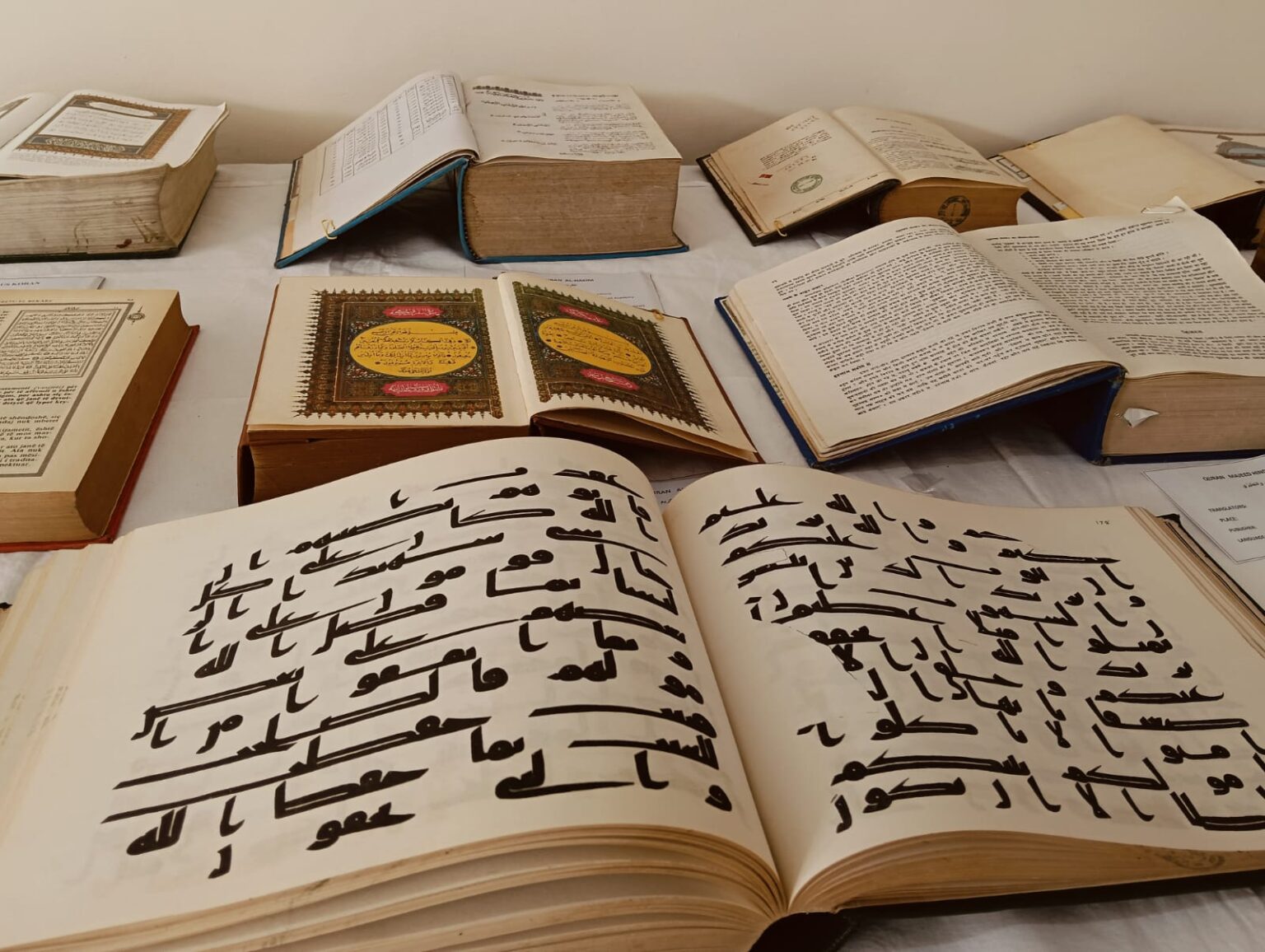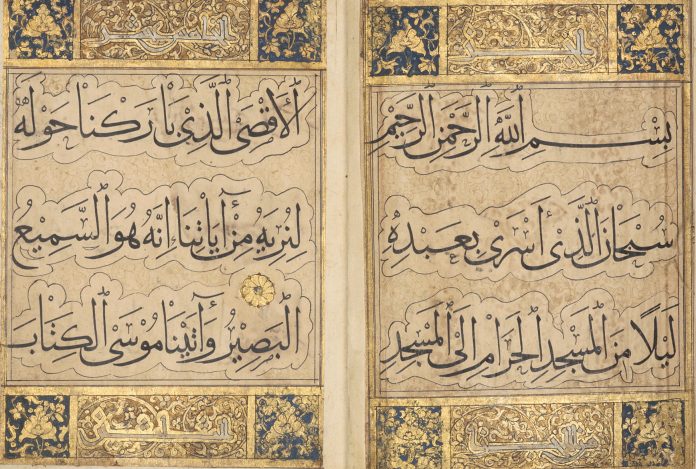NEW DELHI: Jamia Millia Islamia has inaugurated a week-long exhibition titled Muqaddas Quran, displaying rare and ancient Quranic manuscripts at its Dr. Zakir Husain Library during the sacred month of Ramadan. The exhibition was formally opened by Professor Mazhar Asif, Sheikh-ul-Jamia (Vice Chancellor) of Jamia Millia Islamia, and features an extensive collection of calligraphy spanning from the 15th to the early 20th century.

The exhibition includes intricately designed posters illustrating the evolution of Islamic calligraphy from the 7th to the 14th century, offering visitors an insightful visual journey into the development of Quranic script.
Among the key attractions are rare handwritten manuscripts and printed copies of the Quran in multiple national and regional languages, including Malayalam, Kannada, Hindi, Urdu, Tamil, and Bengali. Additionally, translations in various international languages such as Chinese, Japanese, German, Turkish, Russian, English, Spanish, Albanian, Burmese, and Persian are on display. A special edition of the Quran in Braille has also been showcased, ensuring inclusivity for visually impaired individuals.
Speaking at the event, Professor Mazhar Asif expressed pride in presenting these invaluable artifacts. “It is an honor for Jamia Millia Islamia to share its treasured collection with the public during Ramadan. The Quran’s message of equality, justice, and compassion is universal, and this exhibition serves to spread its moral and spiritual wisdom,” he remarked.
The exhibition further highlights rare Arabic manuscripts, including Tafseer Baizawi and the Tafseer of Ibn Abbas from the 16th century. Additionally, eleven foreign language editions and six regional translations of the Quran demonstrate the rich linguistic diversity housed in Jamia’s collection.
Professor Asif also emphasized the significance of the Japanese translation of the Quran, published by the Islamic Society of Koshikawa in Tokyo, describing it as an extremely rare global edition.
Professor Mohammad Mahtab Alam Razvi, Registrar of Jamia Millia Islamia, underscored the importance of the event, stating, “This exhibition reflects our historical legacy of Quranic manuscripts and printed editions from the 15th to the 20th century. It includes thirty-five rare handwritten manuscripts and twenty-seven printed translations, offering deep insights into the evolution of Quranic calligraphy and script.”
Dr. Lucas S. Nigrale, who participated in the event, highlighted the spiritual significance of the exhibition. “Ramadan is a time for reflection and devotion. This exhibition sheds light on the Quran’s timeless wisdom and its universal message,” he noted, adding that such initiatives foster awareness and cultural dialogue.
The Dr. Zakir Husain Library, which houses a remarkable 2,243 Quranic manuscripts, has made this exhibition a key platform for enhancing public understanding of Quranic intellectual, literary, and linguistic traditions. By presenting these rare artifacts, Jamia Millia Islamia seeks to promote a deeper appreciation of the Quran’s teachings and their relevance in the contemporary world.




